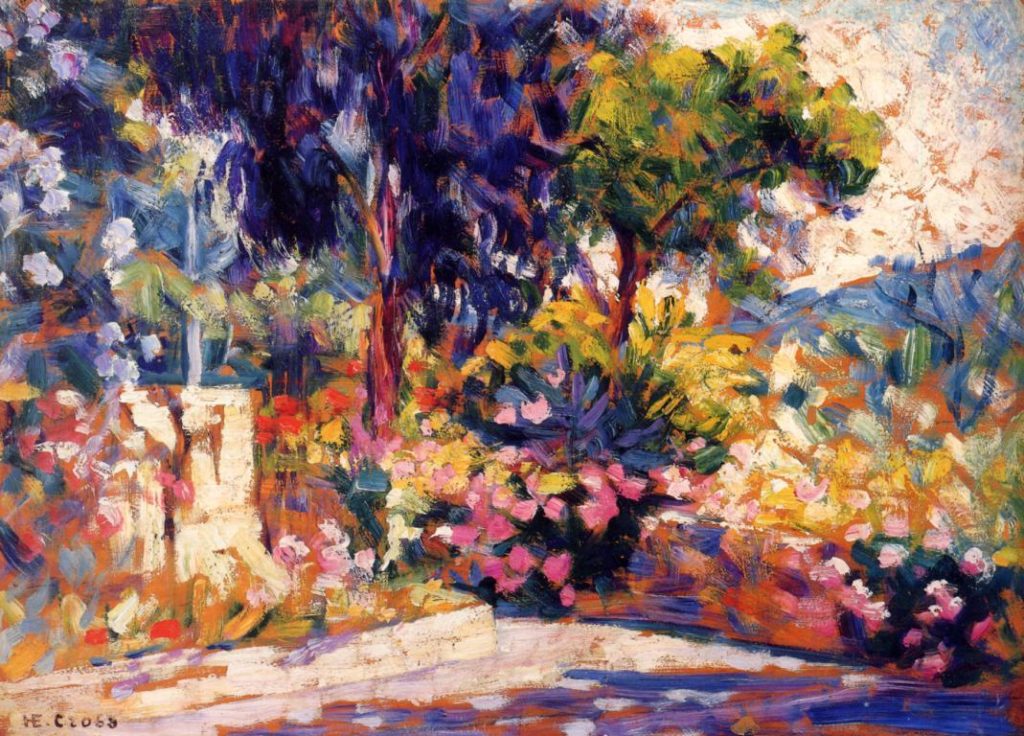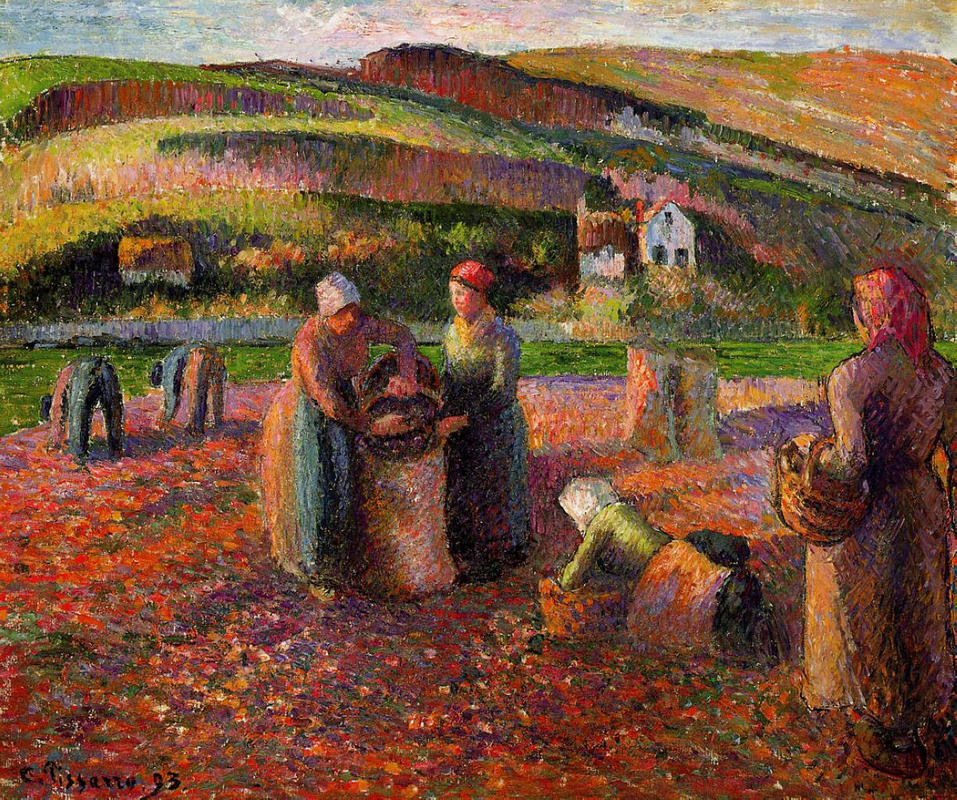

Yale University Press, New Haven/London (1997) Gage, J.: The technique of Seurat – a reappraisal. (ed.): Signac et la libération de la couleur de Matisse à Mondrian. Roque, G.: Harmonie des couleurs, harmonie sociale.

Pennsylvania State University Press, University Park (2009) Roque, G.: Art et science de la couleur: Chevreul et les peintres, de Delacroix à l’abstraction, 2nd edn. Rood, O.N.: Student’s Textbook of Color or Modern Chromatics, with Applications to Art and Industry.

University of California Press, Berkeley (1989) the quotations in this article refer to this translation) For half a century Delacroix tried hard to achieve more brightness and luminosity, thereby displaying to. (ed.): Nineteenth-Century Theories of Art, pp. Critic Paul Adam wrote, this exhibition initiates (us) into a new art, and Felix Feneon first coined the term Neo-Impressionism (New Impressionism) to. from Eugene Delacroix to Neo-Impressionism Signac. Renouard, Paris (1867) (The chapter on color has been translated into English in Taylor, J.C. Kessinger Publishing LLC, Whitefish (2009))īlanc, Ch.: Grammaire des arts du dessin. His Sunday Afternoon on the Island of La Grande Jatte painting, which was presented at. The Rockefeller University Press, New York (1992))Ĭhevreul, M.-E.: De la loi du contraste simultané des couleurs… Pitois-Levrault, Paris (1839) (The latest English translation is: The Principles of Harmony and Contrast of Colors and their Applications to the Arts (1855). The founder of Neo-Impressionism was the French artist Georges Seurat.

193–286) of Ratliff, F.: Paul Signac and Color in Neo-impressionism.
#Neo impressionism full
116–123 (A full English translation has been published as an appendix (pp. 1899) (1964) excerpts in English are published in, pp. Signac, P.: D’Eugène Delacroix au néo-impressionnisme. The Neo-Impressionists were able to create a movement very quickly in the 19th century, partially due to its strong connection to anarchism, which set a pace for later artistic manifestations.The movement and the style were an attempt to drive "harmonious" vision from modern science, anarchist theory, and late 19th-century debate around the value of academic art.Nochlin, L.: Impressionism and Post-impressionism 1874–1904. Some argue that Neo-Impressionism became the first true avant-garde movement in painting. The Pointillist and Divisionist techniques are often mentioned in this context, because it was the dominant technique in the beginning of the Neo-impressionist movement. Science-based interpretation of lines and colors influenced Neo-Impressionists’ characterization of their own contemporary art. Followers of Neo-Impressionism, in particular, were drawn to modern urban scenes as well as landscapes and seashores. Seurat’s greatest masterpiece, A Sunday Afternoon on the Island of La Grande Jatte, marked the beginning of this movement when it first made its appearance at an exhibition of the Société des Artistes Indépendants (Salon des Indépendants) in Paris.Around this time, the peak of France’s modern era emerged and many painters were in search of new methods. Neo-Impressionism is a term coined by French art critic Félix Fénéon in 1886 to describe an art movement founded by Georges Seurat.


 0 kommentar(er)
0 kommentar(er)
